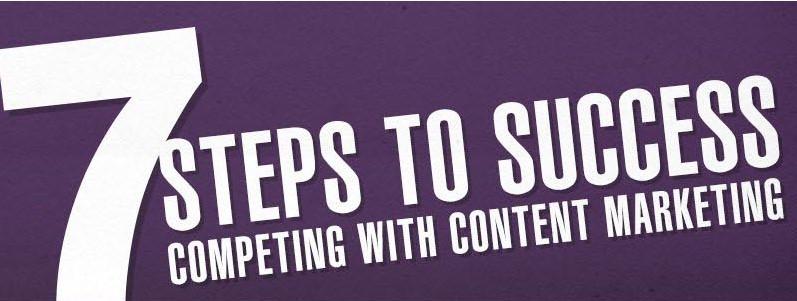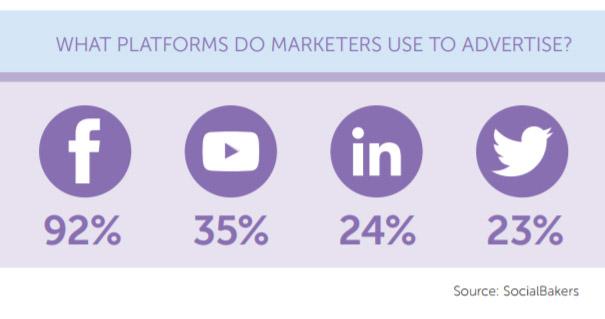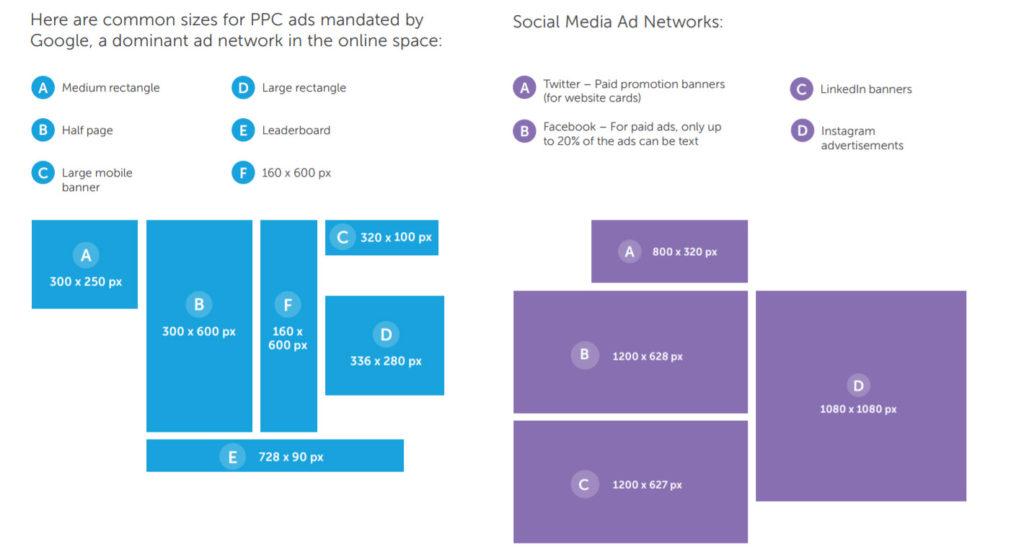
by Marketing | Sep 30, 2019 | Commercial, Digital Marketing, Non profit
Recently Jeff Cherry wrote a great article in the magazine Conscious Company about how the Shark Tank investors are missing the big point of “WHY” people are creating a business or providing a service. He says “We’re leaving the world where you can generate ‘greedy’ proftis first, give back later, and still expect customers, employees, communities, and suppliers to be genuinely engaged in your success.” We are entering the world of being conscious in your business goals.
This is a new ecomony, it is a “Purpose Economy”, where you ability to create financial value will be directly correlated to the manner and magnitude with which you first create societal value. Instead of building a business ‘then’ giving back, we start our business with ‘giving back’ as the primary motivator for getting started in the first place. This is conscious capitalism, first coined by Muhammad Ynaus, the Nobel Prize-wnning founder of Grameen Bank, and digs deep at why we want to do what we do. It makes us ask the harder questions…especially to ourselves.
A while ago I posted the video by Simon Sinek that states “People don’t buy what you do, they buy why you do it. And what you do simply proves what you believe.” Today, people are running their businesses and presenting their ideas on something so much deeper than making money. It is a movement that allows a person and their employees to feel and grow as they also work. To me it alleviates the stress of work, or the “making of money” and turns it into a joy that provides nourishment.
I’m not only talking about “new” business here, but I know I’m also talking to seasoned professionals already in business, with successful operations. Many of you can already answer the “why” question and do every day as you work towards your goals. Transitioning your thought process and messaging runs along the same principles and evaluation that comes with opening a conscious oriented company. You are all truly engaged, I know this, and maybe it is time to tell your customers “why” you and your employees are so engaged. Show them the “why you do it” side.
Read Jeff Cherry’s article at Conscious Company.
Jeff Cherry is the CEO and Managing Partner of the Porter Group LLC.
View Simon Sinek’s video on YouTube.

by Marketing | Aug 20, 2019 | Commercial, Content, Digital Marketing
Thanks to our friends at Smart Insights and their massive graphic design department, we have a HUGE graphic about how to use content better. Enjoy the great tips…and the scrolling. ; )
The research shows the challenge of content marketing with:
- Over two-thirds (67%) of businesses creating more content in 2016 compared to 2015
- Only 11% feeling they have an optimised content marketing strategy.
- Quality is still a challenge, with 58% still rating their content marketing as basic or inconsistent. This is a healthy improvement on last year though, as in 2015 68% rated their content marketing as basic or inconsistent. But there is clearly plenty of room for further improvement.
To tackle these challenges we believe you need a solid content marketing plan. Here are the 7 steps we recommend – a summary of our content marketing strategy guide.


by Marketing | Dec 21, 2018 | Development, Digital Marketing
Progressive Web App – What?
If we combine the best of the web and the best of mobile apps—it will be Progressive Web Apps or PWA. Progressive web apps are websites that look and feel like an app, load quicker, and are easier to develop. This means users can access all information and capabilities without downloading a mobile app. It starts as a normal web page in a browser, and as a user explores the web page, they get the prompt if they would like to “Add to Home Screen”. Once the user gives the thumbs up to this prompt, VOILA! The PWA gets added to their home screen just like an app. Once open from the home screen, it can even hide the browser UI controls and appear as an app.
PWAs have managed to bridge the gap in the web between the web and mobile apps much more than a .bookmark would. More than 40% of the users bounce from the websites that take more than three seconds to load. PWA is a solution for this “Web Speed Epidemic” faced by many companies.
Why is this it important?
It is a myth that the users will happily download the app of every website they visit frequently. The Mobile App Report by Comscore shows that over 50% of America’s smart phone users download zero apps a month. Yes, that’s correct, gone are the days when the phone is full of apps and people-smart phone honeymoon phase is getting depleted. Additional, there is a drop of off 20% of users with each step it takes to step to download an app. Progressive Web Apps reduce the steps between discovery of an app and getting it on the home screen and thereby eliminates friction of getting an app installed. This provides a very fertile ground for businesses to pitch in their PWA.
PWA helps to improve conversions by increasing potential reach with low acquisition costs. For example:
Increasing Reach: Comscore reports the reach of mobile web is 2.5 times more than that of mobile apps (while considering the top 1000 sites and apps). This is the reason why many corporate plans to abandon their website for an “app only” model has backfired. Now, if companies can start to provide a better experience to a wider audience, they could surely get a competitive edge over the others.
Higher Acquisition: Another serious concern faced by the mobile apps are their user discoverability compared to websites. The user acquisition cost of web will be 10 times cheaper than that of native apps. With more exposure and low friction for on-boarding, PWA is likely to acquire more users at very less expense.
Higher Conversion Rates: The end user experience increases greatly with PWA because it improves the number of successful conversions. Many apps report delivering an increase in the conversion rate of near 70% with lower acquisition cost.
Case Studies:
Trivago: An increase of over 150% for Trivago’s PWA for people who added it to their home screen. This increased engagement led to a 97% increase for hotel offer clickouts. Now, users who go offline (while they are browsing), can continue to access the site and of these users, 67% continue to browse even when they come back online.
>> More
Uber: The PWA Uber designed was directed to their 2G users. Their core app is so small is is only 50k gzipped and loads in 3 seconds on 2G networks.
>> More
Pinterest: Recently Pinterest rebuild their whole mobile site as a PWA. This increased core engagements by 60%, and an increase of 44% in user-generated ad revenue. Time spend on the site has increased by over 40%.
>> More
Forbes: The magazine recently developed a Progressive Web App to improve its mobile web user experience. The Progressive Web App increased load times and doubled engagement rates through the use of push notifications and an option to add the Progressive Web App to home screens.
- 43% increase in sessions per user
- 20% increase in impressions per page
- 100% increase in engagement rates
- 6x increase in the number of readers completing articles
>> More

by Marketing | Jan 11, 2018 | Digital Marketing
As a small business owner, you understand how important it is to get your brand to stick out in your customers’ minds. Running an engaging and compelling email marketing campaign is one of the best ways to go about doing this. In fact, the return on investment that comes from email is significant. Research shows that, for every dollar spent on email marketing, business owners can expect to see an average return of roughly thirty-eight dollars.
As if that isn’t enough, 80% of professionals state email marketing is the driving force behind their customer acquisition and retention. Get ahead of your competition by following these five email marketing tips for small businesses.
1: SUBSCRIBING AND UNSUBSCRIBING SHOULD BE EASY
While this may seem incredibly obvious, there are actually a surprising number of small business owners who send out regular newsletters to their email list, but don’t have a subscription box or option on their website. By making it difficult for website visitors and customers to subscribe to your list, you miss out on numerous opportunities for new sales, new customers, and upsells.
2: REMAIN CONSISTENT
Consistency is a critical part of branding, which is why it’s important for your email newsletters to look and sound the same as your website, social media accounts, and other marketing collateral. It’s best to have a customized email newsletter template that is completely unique to you and your brand. Your subscribers may get confused if they receive an email that looks like it has absolutely nothing to do with the website they subscribed to.
3: OPTIMIZE FOR DIFFERENT DEVICES
According to Litmus, more emails are read on mobile devices than they are on PCs. In fact, statistics show 54% of emails are read on mobile devices. If you don’t optimize your email campaigns to be appealing and digestible across multiple devices, you stand to miss out on new sales, new customers, and new website visitors. You could have the best email campaign in the world, but it won’t do you any good if people can’t read it. Your customers will already be reading your email on their phone, so including your number in the email makes it easy for them to engage with your content and immediately reach out to you.
4: INCLUDE LINKS TO SOCIAL MEDIA PROFILES
Encourage engagement and build consumer-brand trust by including links to your social media platforms within your emails. Think about it: Your users have already signed up to receive regular content from you. This means it’s very likely that they want to follow the latest happenings in your company and want to read any value-driven content you have to share with them. Your email subscribers may not be aware that you had a Facebook page, for example. Make it clear that the content shared on social media is different, and they will likely go follow your various pages. This is an excellent way to extend your audience reach and gain new customers.
5: KEEP UP WITH THE COMPETITION
You don’t want to be just like everyone else. You want to stand apart from the competition. But, it’s a little hard to do that if you have no idea what your competition is up to. Subscribe to the email lists of your competitors and check out what type of content they share. This could be everything from social media updates to the kinds of emails they send, to the promotions and sales they offer. See what they’re doing successfully. See what they’re lacking. Use this information to your advantage – as a way to set yourself apart.
Read the full blog post here: 5 Email Marketing Tips for Small Businesses

by Marketing | Jan 7, 2018 | Digital Marketing, Social Media, Strategy
Social media advertising has become pervasive for online marketers because the audience size and quality on leading social networks.
Through social advertising, you can target specific audiences and buyers and deliver your message on the platforms that your buyers spend time on—like Facebook, Twitter, LinkedIn, YouTube, and Instagram to name a few. Advertising on social media platforms has changed tremendously. Recent updates to many social networks’ algorithms give users a better experience—one with less promotional content and more relevant content that they want to see. This means that, as a marketer, you need to supplement your organic posts with paid promotion to get your posts seen by your audience.

This has led to an explosion in digital advertising on social media platforms. In fact, eMarketer reports that in 2017, social network ad spending will reach $35.98 billion worldwide. As marketers increasingly spend more on social platforms, it’s more important than ever to have the right strategy in place, track all of your paid social campaigns, and gain insights into what’s working and what’s not. Only then can you understand the return on ad spend (ROAS) from your campaigns. So, where are marketers spending the majority of their advertising dollars? In a recent SocialBakers study, marketers revealed that they are looking towards Facebook as their main advertising platform— 92% of marketers surveyed use Facebook as their primary social advertising platform.

Derived from the Marketo Definitive Guide to Social Media Marketing.
by Marketing | Oct 27, 2017 | Digital Marketing, SEO, Strategy
Amazon continues to excel! With the purchase of Whole Foods and the growth of Amazon Prime, companies with products need to have a presence and promote themselves on Amazon. Here are the pros and cons of using Amazon, but also how you need to start your digital marketing plan.
(more…)








